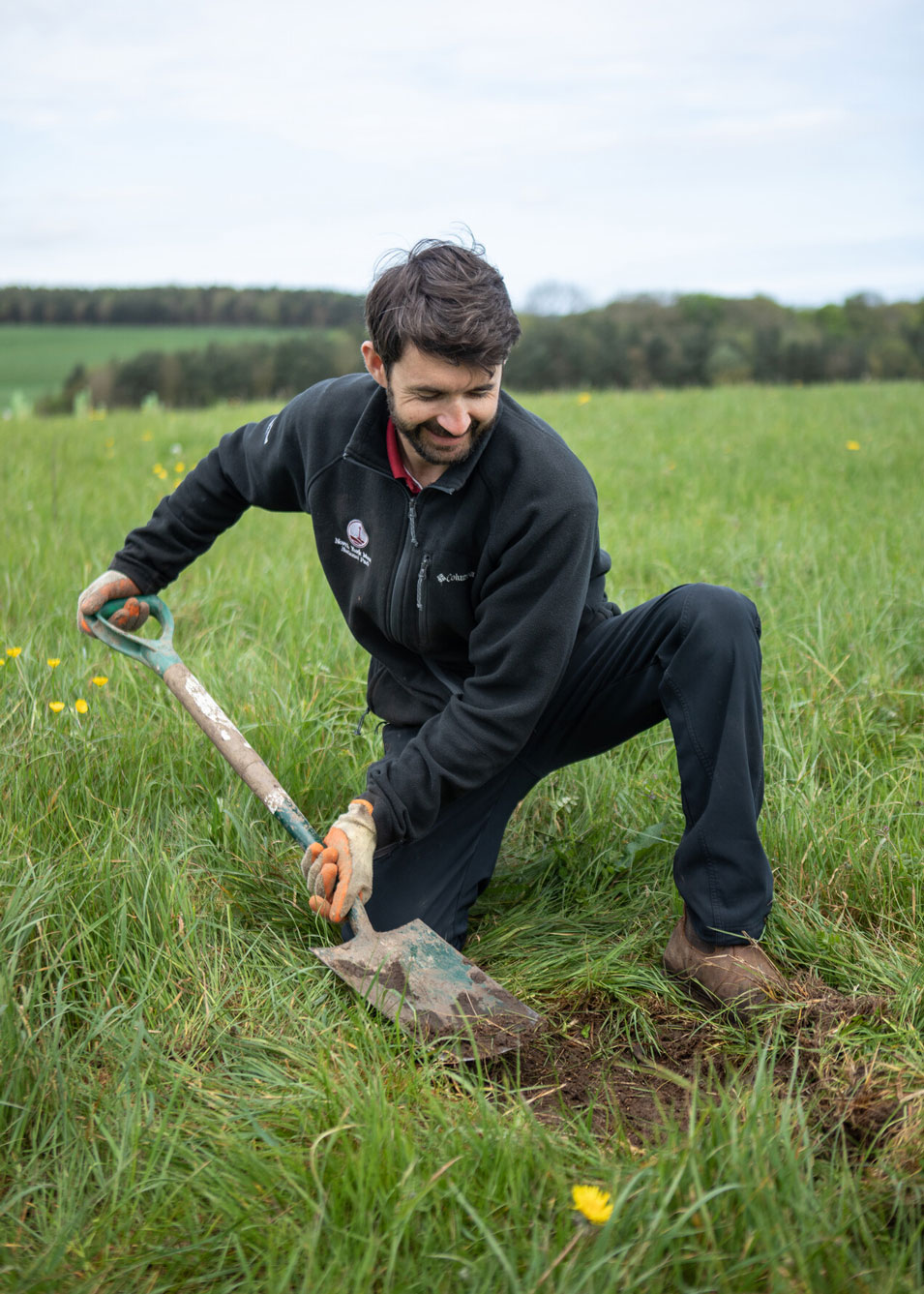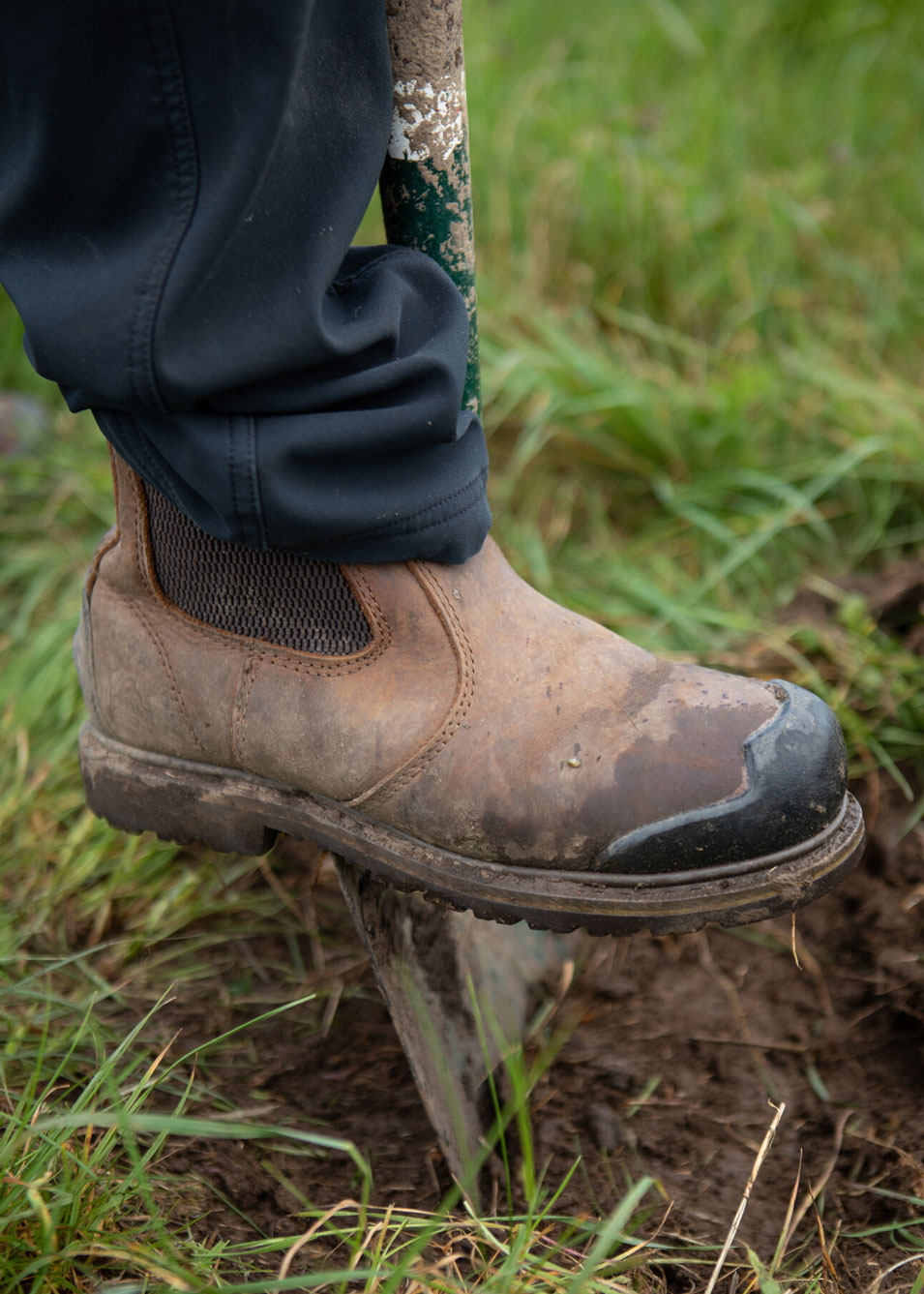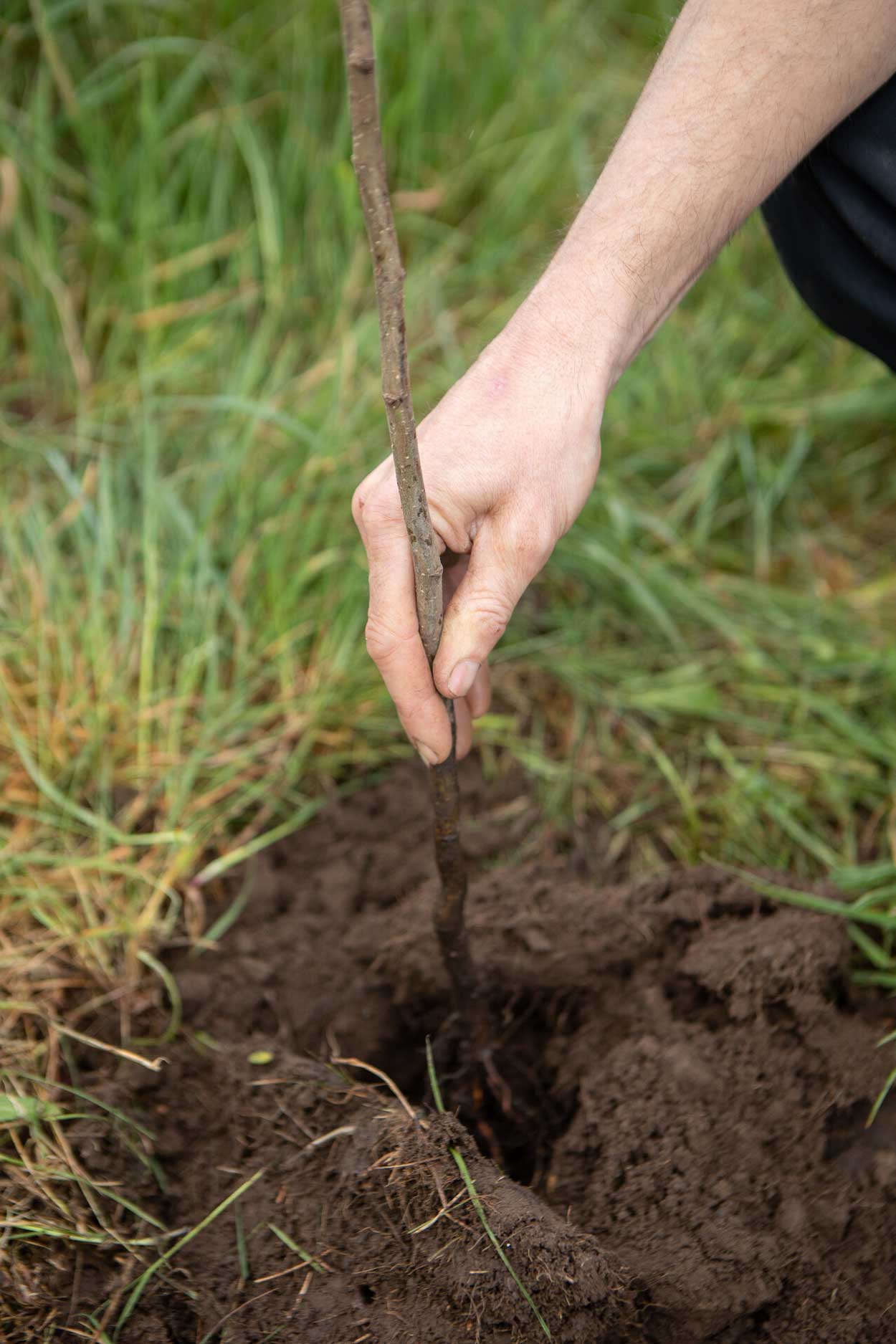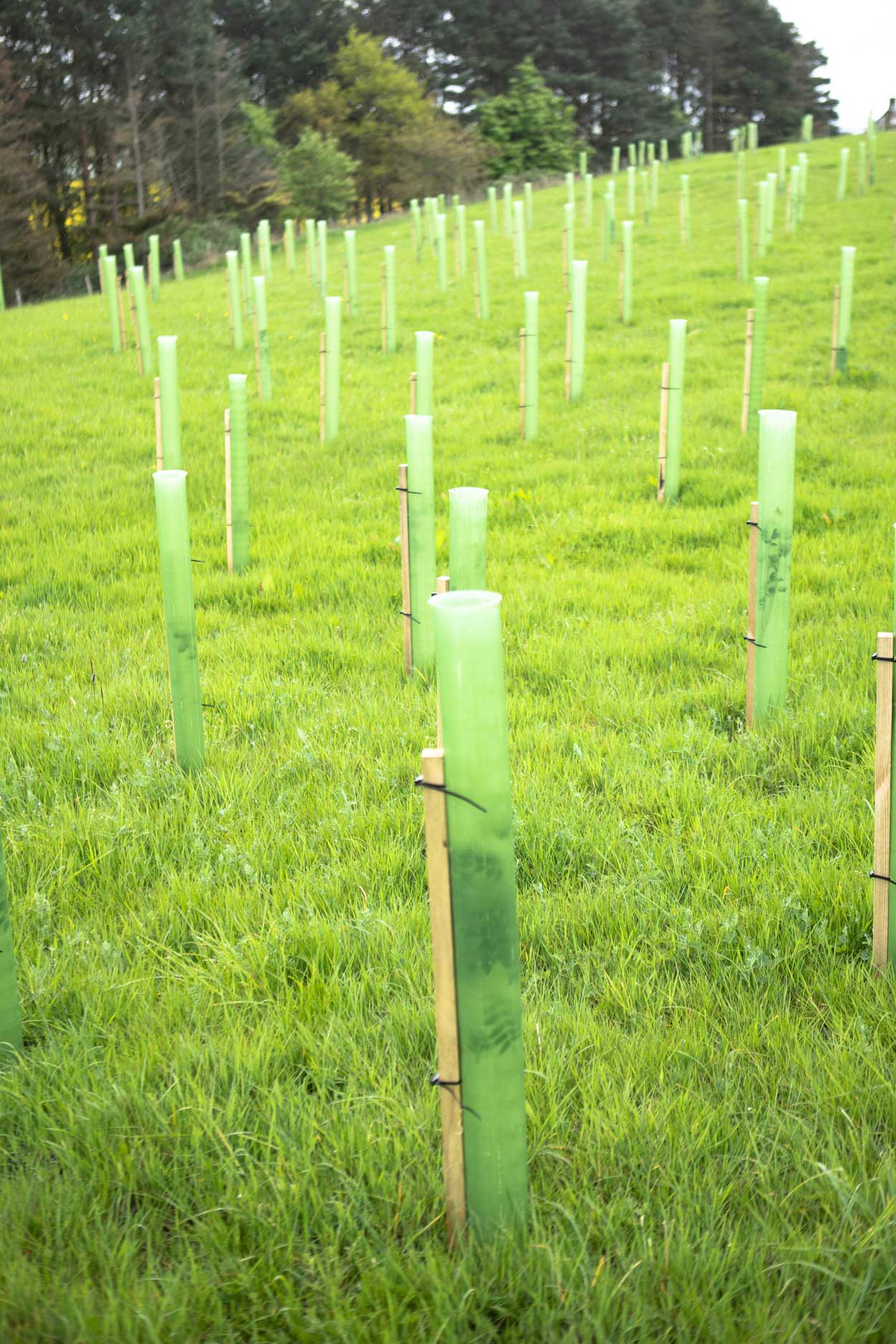The creation of a native broadleaf woodland, low-density parkland and traditional orchard were all features of a tree planting project we carried out near Aislaby in partnership with a landowner.
Covering 3.60 hectares, this work will increase tree cover and promote large open-grown trees, as well as connect the small stands of woodland that already exist on the site’s boundaries.


A range of species of trees and shrubs were selected to suit the site's varying hydrology - among them alder and grey willow in the wet areas, and English (or pedunculate) oak and small-leaved lime in the drier areas. A high proportion of shrubs such as hazel, hawthorn and blackthorn were included to increase structural diversity and woodland-edge habitat. There was also an emphasis on blossoming species, such as crab apple and wild cherry to benefit pollinating insects.
As part of the tree planting design, specific considerations were given to the protection of the site’s archaeological features and the public right of way.


Management Plan
This projects supports the following management plan objectives:
![]()
